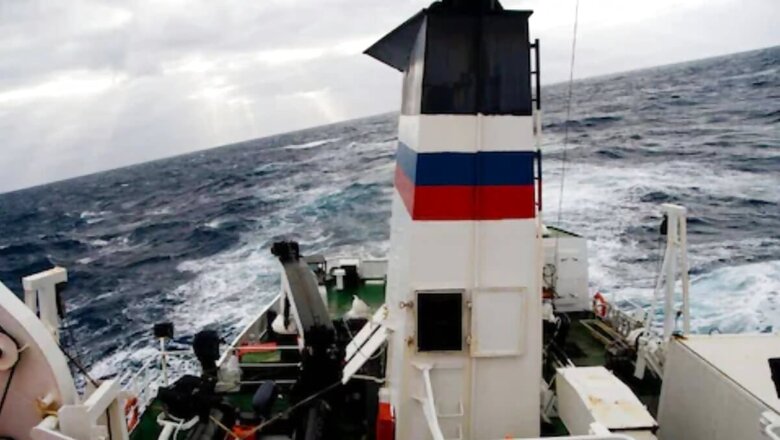
views
The Drake Passage is called the ship graveyard, and many people wonder why. The passage was discovered in 1525 and connects the Pacific Ocean to the Atlantic Ocean, with the Southern Ocean just below. It is an impressive 620 miles wide and incredibly deep. The average depth is 11,150 feet, so it’s very unlikely that you’d drop something overboard to retrieve it.
Because the Drake Passage is the connection between three of the world’s largest oceans in such a small area, it can be hit by atmospheric cyclones. The strong winds come from the Southern Ocean, which is uninterrupted by land, allowing the powerful winds to wreak havoc across the globe with no obstructions.
With the wind comes the waves, and some of the largest waves in the Drake Passage reportedly reach heights of up to 95 feet. Many sea routes are now connected by the Panama Canal, but until it opened in 1914, ships relied on the Drake Passage alone, meaning hundreds of ships had to pass through the world’s most dangerous sea route.
Till date, 800 ships are believed to have sunk in the Drake Passage, claiming hundreds of lives. These deaths occurred as recently as 2022, when a “monster wave” in the Drake Passage slammed into the cruise ship Viking Polaris, killing one passenger and injuring eight others.
The water in the Drake Passage is so turbulent that passengers aboard ships transiting the passage must eat from plates stuck to the bottom.
Karen Heywood, an oceanographer at the University of East Anglia, told National Geographic in January this year about her trip through the Drake Passage: “It’s always interesting when you go to dinner and they put sticky mats on all the tables to keep your plates and things from sliding around.”
Professor Alberto Naveira Garabato, who also sailed through the Drake Passage, said: “Suddenly you’re in this icy world. It just happens – you can see the transition happening in just a few hours.”
But the Drake Passage isn’t all bad – the famous sea route is actually said to be good for the planet. Because there is no land bridge connecting the continent to South America, air from the north can’t flow south as easily, keeping it cool.
If the Drake Passage did not separate Antarctica from South America, there is a chance that the 11.5 million square miles of ice surrounding Antarctica would melt, causing global sea levels to rise by nearly 200 feet, according to research.


















Comments
0 comment